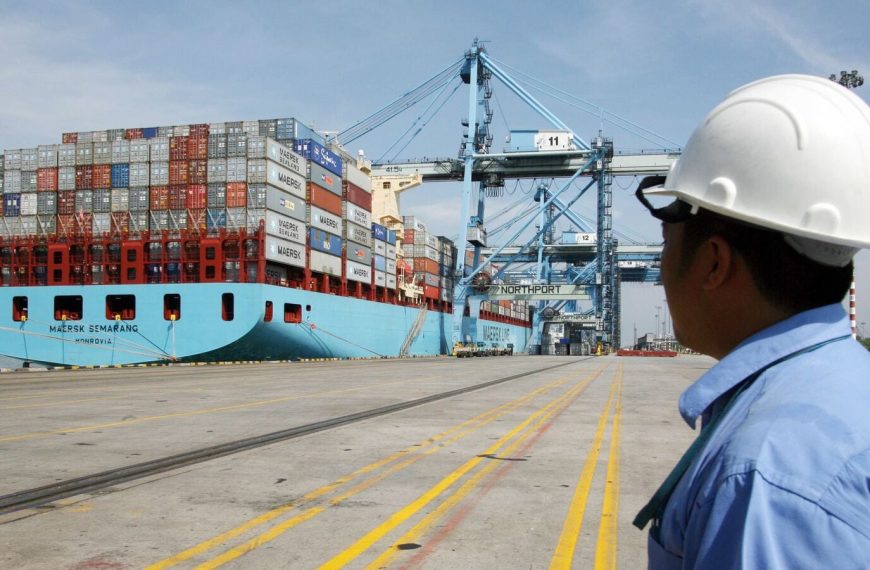In a notable parliamentary session on Monday, the leaders of three major New Zealand banks gathered in Wellington to discuss the current state of banking competition. The focus of their inquiry was the Reserve Bank of New Zealand (RBNZ) and its 2019 mandate that set stringent capital requirements, which industry leaders argue have inadvertently led to increased interest rates. With the economy at stake, the discussion revolved around the necessity of re-evaluating these capital levels.
Concerns Over Capital Requirements
The chair of Bank of New Zealand, Warwick Hunt, voiced strong concerns regarding the RBNZ’s capital settings, which are designed to withstand a one-in-200-year economic shock. Hunt described these standards as overly cautious, emphasizing that they could be detrimental to the banking sector’s ability to thrive. “This is an extremely conservative setting,” he remarked, urging lawmakers and regulators to reconsider what constitutes an appropriate capital level moving forward.
Government Involvement and Economic Implications
This inquiry aligns with Finance Minister Nicola Willis’s recent efforts to reassess the capital reserves held by banks. Such a review could potentially enhance productivity and stimulate economic growth across the nation. Interestingly, Adrian Orr, the former RBNZ governor who advocated for these stringent measures, stepped down unexpectedly last week, leaving many to speculate about the future direction of banking regulations.
A Comparative Perspective on Capital Levels
Warwick Hunt also shed light on the approach taken by Australia, where banks are required to prepare for a one-in-100-year event. This perspective is particularly relevant as all four of New Zealand’s largest banks are owned by Australian institutions. The capital rules enacted in 2019 have been implemented gradually, with the final targets set for completion by 2028; however, many banks are already exceeding these benchmarks.
Balancing Safety and Competition
During the committee session, Therese Walsh, chair of ASB Bank, maintained that the current capital requirements were adequate and did not necessitate an increase. She acknowledged the need for heightened capital levels but argued that the RBNZ’s initial proposals may have been excessive. “Finding that sweet spot for safety without stifling competition is the challenge we face,” she stated, highlighting the delicate balance regulators must maintain.
Reevaluating Risk Assessments
Meanwhile, Antonia Watson, Chief Executive of ANZ Bank New Zealand Ltd., emphasized the importance of reassessing risk weights imposed on lending. She expressed concerns that these weights might be too conservative compared to international standards. “Is the one-in-200-year event the level of financial stability we desire? That’s a decision for lawmakers and regulators,” Watson concluded, reinforcing the necessity for an ongoing dialogue about banking regulations.
As the inquiry progresses, the outcomes may significantly impact the future landscape of New Zealand’s banking sector, with both stability and competitiveness hanging in the balance.











